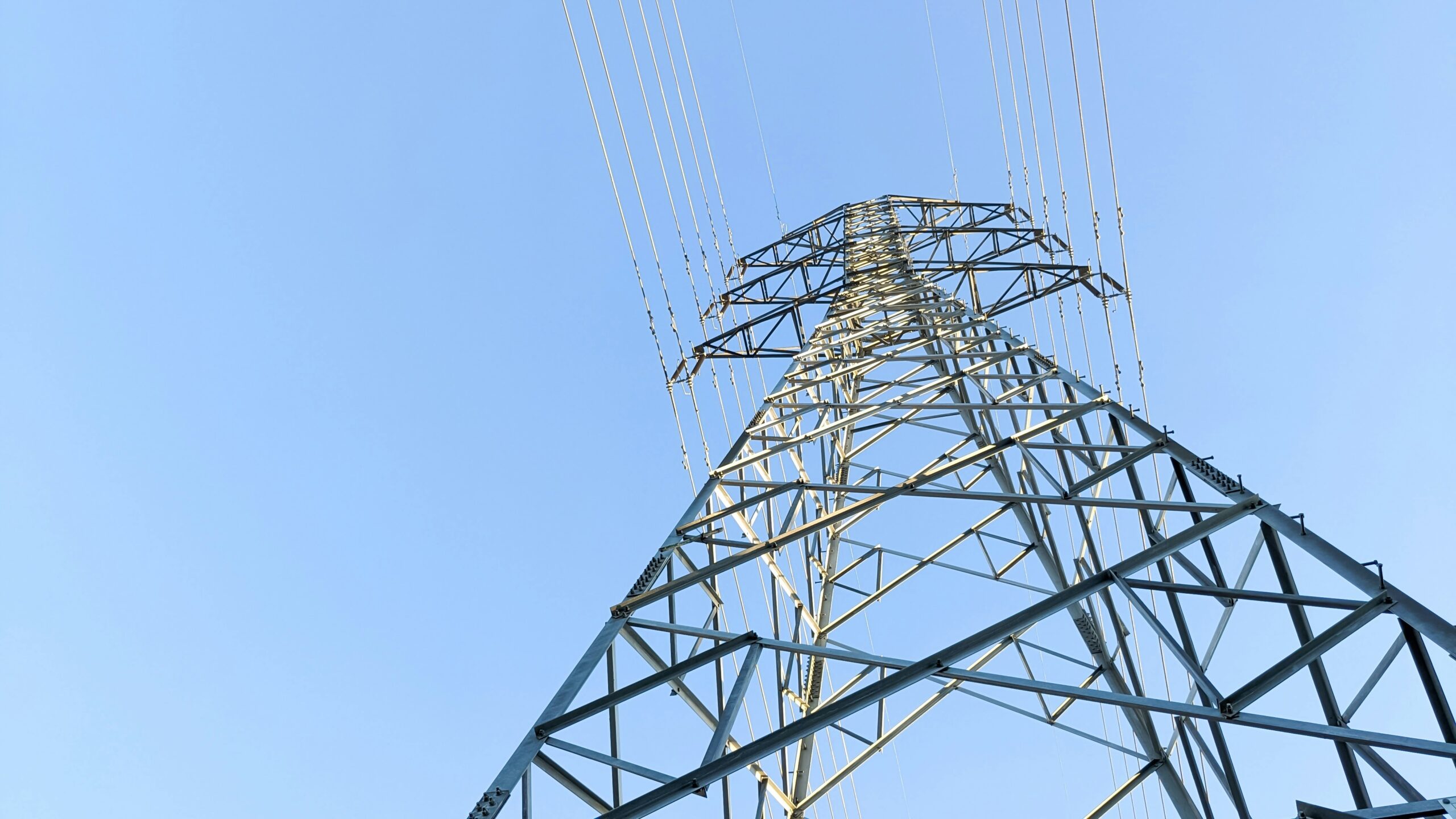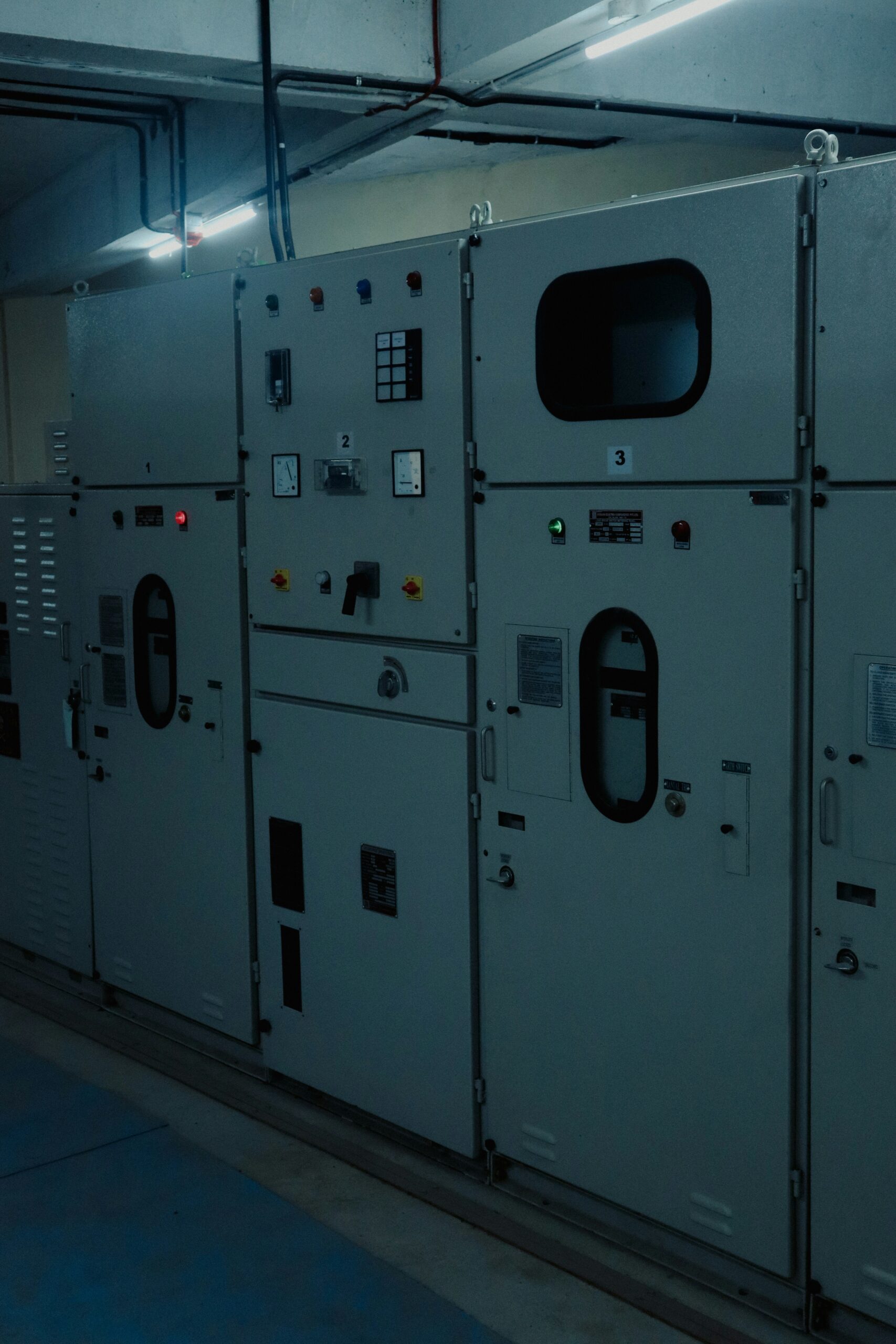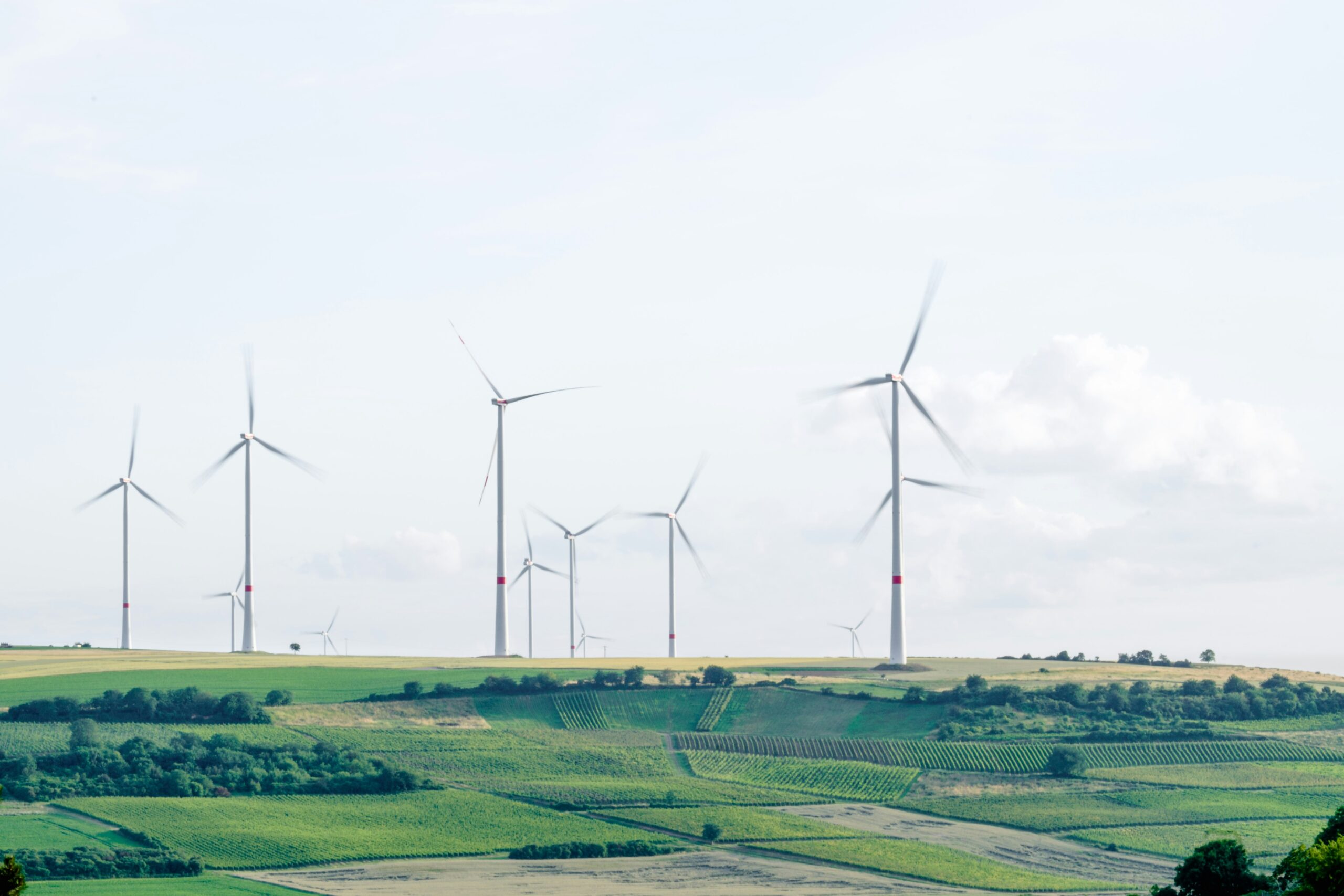Have you ever wondered how a generator keeps electricity flowing when the power goes out? In “How Does A Generator Work?”, you’ll discover the fascinating mechanics behind one of the most essential devices in modern life. From converting mechanical energy into electrical energy through electromagnetic induction to understanding the role of components like the rotor and stator, this article will guide you through the intricate process that powers your home, office, or outdoor adventures. Get ready to demystify the workings of generators and appreciate the science that lights up your world. Have you ever wondered how a generator works? Maybe you have experienced a power outage and found yourself thankful for that handy machine humming in the background, but never paused to consider its inner workings. Whether you’re curious about how it keeps your appliances running or just want to understand the science behind it, you’ve come to the right place.
Generators are incredible devices that convert mechanical energy into electrical energy, ensuring that your essential items continue to operate even when the main power grid fails. But there’s a lot more to their operation than meets the eye. In this article, we’ll break down the intricacies of how a generator functions, covering everything from the basic principles to detailed components and their roles. So, let’s dive in!

What is a Generator?
Before we delve into the nitty-gritty details, it’s essential to understand what a generator essentially is. A generator is a device that converts mechanical energy, usually derived from an external source, into electrical energy. This conversion process is key to supplying power during outages or in places where a stable electrical supply is not available.
Types of Generators
There are various types of generators, each having its specific applications and operational principles. The most common types include:
| Type | Primary Use | Example |
|---|---|---|
| Portable Generators | Emergency power supply for homes and events | Small, gas-powered |
| Inverter Generators | Sensitive electronics | Camping, RVs |
| Standby Generators | Automatic backup for homes and businesses | Whole-house systems |
| Industrial Generators | Heavy-duty applications in factories | Diesel-powered units |
Understanding the different types of generators helps in choosing the right one based on your needs.
The Basic Principle: Electromagnetic Induction
Let’s kick off with the fundamental principle that allows a generator to produce electricity: electromagnetic induction. This principle was discovered by Michael Faraday in 1831 and has been the cornerstone of electrical engineering ever since.
How Electromagnetic Induction Works
The principle of electromagnetic induction states that when a conductor (like a wire) passes through a magnetic field, it induces an electromotive force (EMF) or voltage in the conductor. This resulting voltage can then be used to produce an electric current if the conductor forms a closed loop.
Key Components
- Magnet: Creates a magnetic field.
- Conductor (usually copper wire): Moves through the magnetic field.
- Relative Motion: Either the magnet or the conductor must be in motion relative to the other.
Without electromagnetic induction, modern generators wouldn’t be able to function. It’s fascinating how this principle forms the foundation for so many appliances we use today.
Essential Components of a Generator
A generator comprises several crucial components, each playing a vital role in its operation. By understanding these parts, you’ll have a clearer picture of how the entire machine works together to produce electricity.
Engine
The engine is the primary source of mechanical energy in a generator. Its power level influences how much electricity the generator can produce, measured in watts.
- Gasoline Engines: Common in portable generators.
- Diesel Engines: Often found in industrial generators.
- Natural Gas Engines: Typical for standby generators.
Alternator
The alternator is the part of the generator where the actual electricity generation occurs. It consists of two main parts:
- Rotor (or Armature): The rotating part that produces a magnetic field.
- Stator: The stationary part where the electrical output is generated when the rotor spins.
Fuel System
To keep the engine running, a generator needs fuel. The fuel system ensures that fuel is stored and delivered to the engine as needed.
- Fuel Tank: Stores fuel.
- Fuel Pump: Transports fuel from the tank to the engine.
- Fuel Injector: Injects fuel into the engine.
Voltage Regulator
Electricity produced by a generator needs to be stable and at the correct voltage to power your devices safely. A voltage regulator achieves this by controlling the output voltage.
Cooling and Exhaust Systems
Generators produce a lot of heat when they run, so effective cooling and exhaust systems are essential.
- Cooling System: Uses air or liquid to lower the temperature.
- Exhaust System: Channels away harmful gases produced during combustion.
Control Panel
The control panel is your user interface with the generator, allowing you to monitor its performance and configure settings.
- Start/Stop Switch: Turns the generator on or off.
- Voltage Gauge: Displays the voltage output.
- Hour Meter: Tracks the running time.
Battery
Most generators have a battery to provide an initial startup power, especially those equipped with an electric starter.
Lubrication System
An efficient lubrication system ensures that the generator’s moving parts operate smoothly, reducing wear and tear.
Main Assemblies
- Frame: Provides structural integrity and support.
- Wiring: Connects various electrical components.
These components work in unison to convert mechanical energy into electrical energy, making generators reliable power sources.
Step-by-Step Operation of a Generator
Now that you know what components are involved, let’s go through the step-by-step process of how a generator functions.
Step 1: Fuel System Activation
Firstly, the fuel system kicks in. Whether the fuel is gasoline, diesel, or natural gas, it is pumped from the fuel tank to the engine.
Step 2: Engine Starts
The engine then starts running, converting the chemical energy in the fuel into mechanical energy. This energy is used to spin the rotor inside the alternator.
Step 3: Electromagnetic Induction
As the rotor spins, it creates a moving magnetic field around the stator. Due to electromagnetic induction, this movement induces a voltage in the stator coils.
Step 4: Voltage Regulation
The induced voltage in the stator needs to be stable and within the required range. The voltage regulator steps in to smooth out the fluctuations, ensuring a steady voltage output.
Step 5: Cooling and Exhaust
Throughout this process, the generator produces heat and exhaust gases. The cooling system dissipates the heat, while the exhaust system expels the gases.
Step 6: Electrical Output
Finally, the stabilized electrical energy is available at the generator’s outlets to power any connected devices.
Step 7: Monitoring and Adjustments
The control panel offers real-time readings and allows you to make necessary adjustments, ensuring optimal operation.
This cycle continues as long as the generator is running, efficiently converting fuel into usable electrical power.

Maintenance and Safety Tips
Operating a generator involves more than just turning it on and off. Regular maintenance is crucial for its longevity and performance, while adhering to safety measures helps to prevent accidents.
Regular Maintenance
| Maintenance Task | Frequency | Why It’s Important |
|---|---|---|
| Oil Change | Every 100 hours | Keeps the engine running smoothly |
| Air Filter Replacement | Every 200 hours | Ensures clean air intake |
| Spark Plug Inspection | Every 100 hours | Vital for ignition and performance |
| Battery Check | Monthly | Ensures the generator starts |
| Fuel System Cleaning | Annually | Prevents blockages and inefficiencies |
Safety Tips
- Proper Ventilation: Ensure the generator operates in a well-ventilated area to avoid the accumulation of exhaust gases.
- Grounding: Properly ground your generator to avoid electrical shocks.
- Dry Conditions: Operate the generator in dry conditions to prevent electrical hazards.
- Fuel Storage: Store fuel away from the generator and any other sources of ignition.
- Load Management: Avoid overloading the generator to prevent overheating and damage.
These practices will not only enhance the durability of your generator but also ensure a safer operating environment.
Troubleshooting Common Issues
Despite regular maintenance, generators can sometimes malfunction. Here’s how to troubleshoot some of the more common problems you may encounter.
Generator Won’t Start
Possible Causes:
- Empty Fuel Tank: Refill the fuel tank.
- Battery Problems: Check the battery and connections.
- Engine Oil: Ensure there’s enough oil.
Overheating
Possible Causes:
- Blocked Vents: Ensure vents are clear.
- Low Coolant: Check the coolant level.
- Overloading: Reduce the electrical load.
Low Voltage Output
Possible Causes:
- Faulty Voltage Regulator: Test and replace if necessary.
- Worn Brushes: Inspect and replace generator brushes.
- Rotor/Stator Issues: Contact a professional for internal electrical component inspection.
Excessive Noise
Possible Causes:
- Loose Parts: Tighten any loose bolts or screws.
- Worn Bearings: Lubricate or replace worn bearings.
Sudden Shutdown
Possible Causes:
- Fuel Supply Interruption: Check the fuel lines for blockages.
- Oil Pressure: Ensure the oil pressure is adequate.
By regularly maintaining your generator and knowing how to troubleshoot common issues, you’ll ensure that it remains a reliable source of power whenever you need it.

Conclusion
So, how does a generator work? At its core, a generator converts mechanical energy into electrical energy through the principle of electromagnetic induction. From engines and alternators to fuel systems and voltage regulators, every component plays a crucial role in this conversion process. Understanding these elements and how they interact can give you a newfound appreciation for this indispensable machine.
Whether you use a generator for occasional power backup, consistent industrial work, or anything in between, knowing the ins and outs of its operation can help you use it more effectively. Regular maintenance, safety practices, and troubleshooting will ensure your generator serves you well for years to come.
I hope this deep dive has illuminated the fascinating world of generators for you. Feel free to explore further, and remember—knowledge is power, quite literally in this case!

